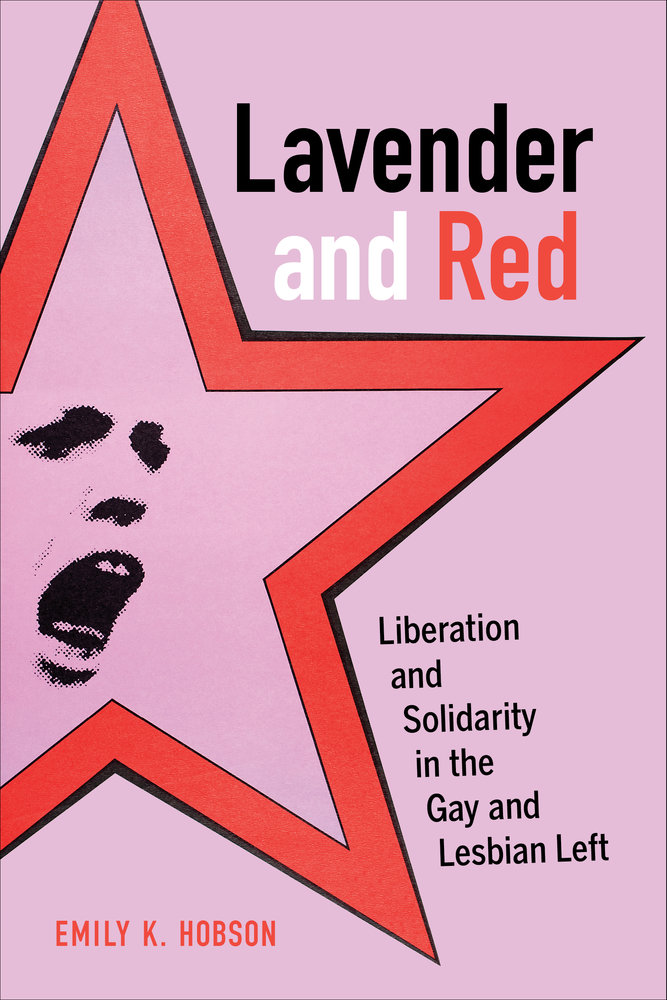by Emily K. Hobson
This guest post is part of a series published in conjunction with the meeting of the American Studies Association in Denver. UC Press authors share insight into their research and stories that reflect this year’s conference theme, “Home/Not Home: Centering American Studies Where We Are.” We hope these personal glimpses into their scholarship will inspire a broad community of readers. Come back for new posts every day between now and November 20th.
 In the weeks and months to come, will we grant Muslim, immigrant, and trans people sanctuary in our neighborhoods and universities? Will we connect the dots between war-making, the suppression of dissent, and cutbacks to human needs? Where will we find models for fighting back? One source for lessons lies in the gay and lesbian left, which made liberation its theory and solidarity its practice.
In the weeks and months to come, will we grant Muslim, immigrant, and trans people sanctuary in our neighborhoods and universities? Will we connect the dots between war-making, the suppression of dissent, and cutbacks to human needs? Where will we find models for fighting back? One source for lessons lies in the gay and lesbian left, which made liberation its theory and solidarity its practice.
Across the 1970s and 1980s, gay and lesbian leftists acted as accomplices to struggles against US militarism, imperialism, and the New Right. They transformed their self-interest into mutual interest by tying their sexual freedom to the freedom of others. Through their activism, they transformed “home” in both practical and ideological terms.
Gay and lesbian leftists formed collective households, destabilizing the nuclear family and the gendered division of household labor. They sheltered fugitives in the radical underground, linking opposition to state repression to defense against rape and gender violence. And by the 1980s, they made the Central America movement a defining pole of lesbian and gay activism—linking domestic and foreign politics, “home” with “not home.”
Lesbian and gay radicals opposed US intervention in Central America and joined a united front against the Reagan administration. They especially supported the Nicaraguan Revolution, investing hope in a new model of socialism with numerous women leaders. Chicana/o, Latina/o, and other people of color gained prominence in Central American solidarity work, challenging whiteness in lesbian and gay communities. As the AIDS crisis hit, activists drew on the tactics of anti-intervention to take civil disobedience and demand “Money for AIDS, not war.”
On November 9, 2016, we woke up to a crisis that calls us to movement building. Already we are hearing demands to respect the process—to cooperate with a racist, xenophobic, misogynist demagogue, his administration, and the violent reaction he has mobilized. Trump’s incoherence draws in opportunists willing to sacrifice others as soon as their narrowest interests are met. Facing this, we must practice committed and persistent solidarity. The gay and lesbian left offers a model for what is sure to be a long fight.
Emily K. Hobson is Assistant Professor of History and of Gender, Race, and Identity at the University of Nevada, Reno. Lavender and Red: Liberation and Solidarity in the Gay and Lesbian Left is available now.
Please use hashtag #2016ASA when sharing on Twitter or Facebook.

